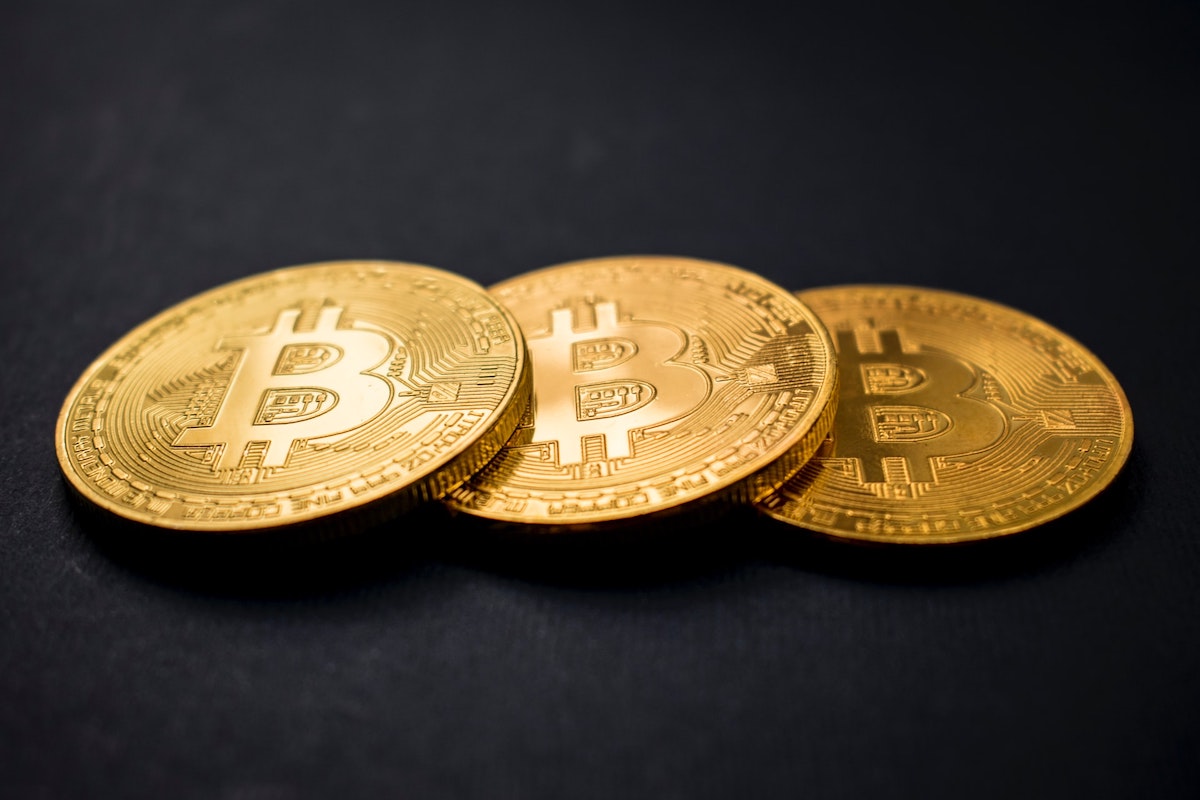What is a Stablecoin?
A stablecoin is a type of cryptocurrency that tries to offer price stability and is backed by a reserve asset. Stablecoins have gained traction as they attempt to offer the best of both worlds—the instant processing and security or privacy of payments of cryptocurrencies, and the volatility-free stable valuations of fiat currencies.
Though Bitcoin (BTCUSD) remains the most popular cryptocurrency, it tends to suffer from high volatility in its valuations. For instance, it rose from the level of around $5,000 at the height of the coronavirus pandemic sell-off in March 2020 to almost $65,000 in April 2021 before plunging by over 50% to around $30,000 in June 2021. The price has since exceeded $65,000 in November 2021.
Even its intraday price swings can be wild; it is common to see the cryptocurrency moving in excess of 10% in either direction within a span of a few hours.
This kind of short-term volatility makes Bitcoin and other popular cryptocurrencies unsuitable for everyday use by the public. Essentially, a currency should act as a medium of monetary exchange and a mode of storage of monetary value, and its value should remain relatively stable over longer time horizons. Users will refrain from adopting it if they are not sure of its purchasing power tomorrow.
Ideally, a crypto coin should maintain its purchasing power and have the lowest possible inflation, sufficient enough to encourage spending the tokens instead of saving them. Stablecoins provide a solution for achieving this ideal behavior.
Stablecoins continue to come under scrutiny by regulators, given the size of their $130 billion market and potential impact on the broader financial system. In October 2021, the International Organization of Securities Commissions (IOSCO) said that stablecoins should be regulated as financial market infrastructure alongside payment systems and clearinghouses. The proposed rules would specifically target stablecoins that regulators deem systemically important and that have the ability to disrupt payment and settlement transactions.
Source: Investopedia




